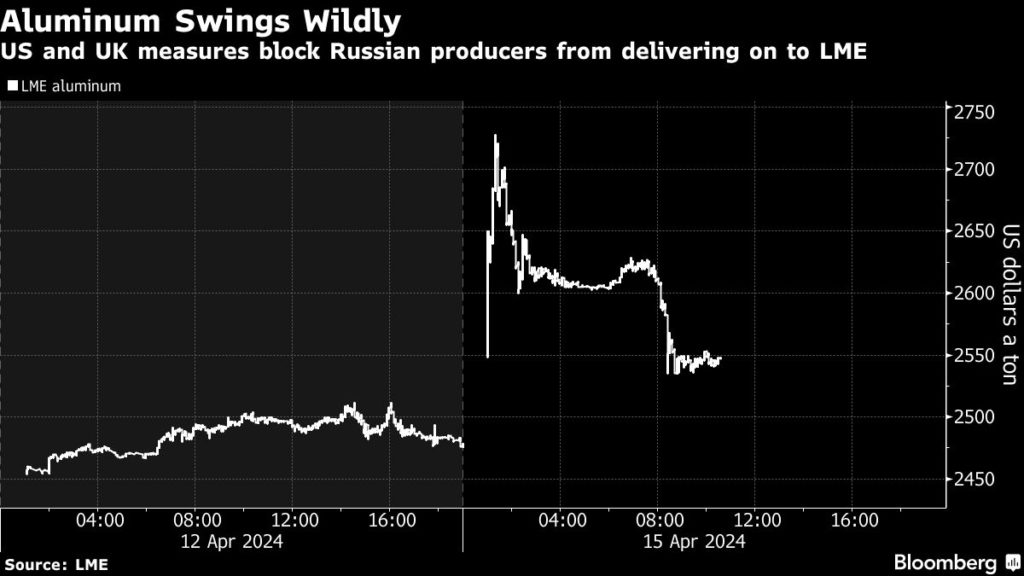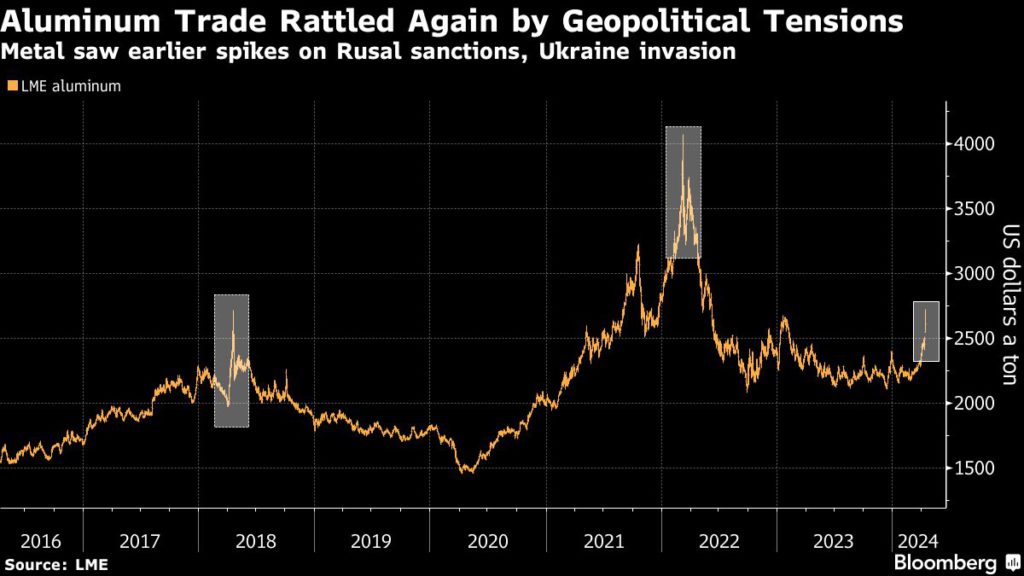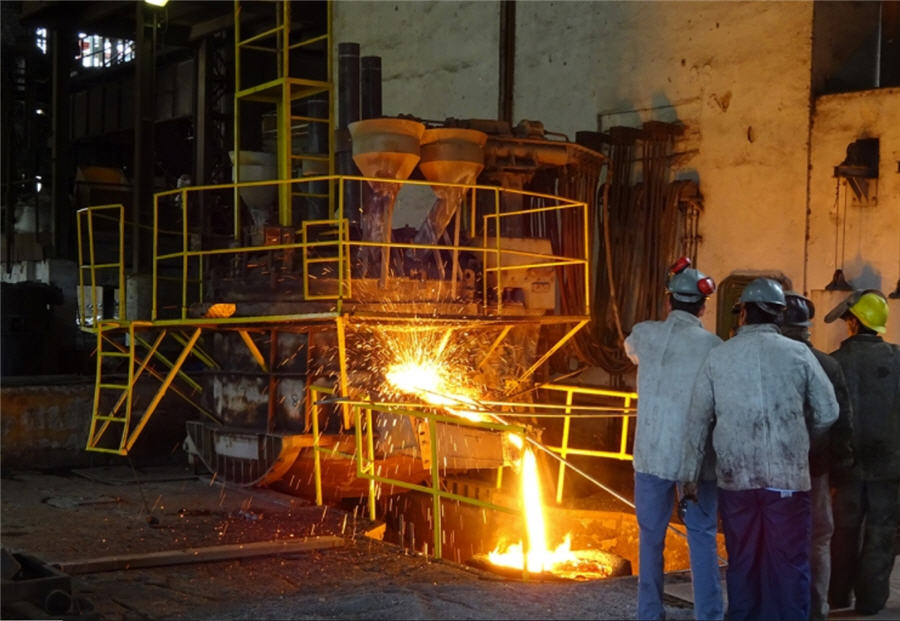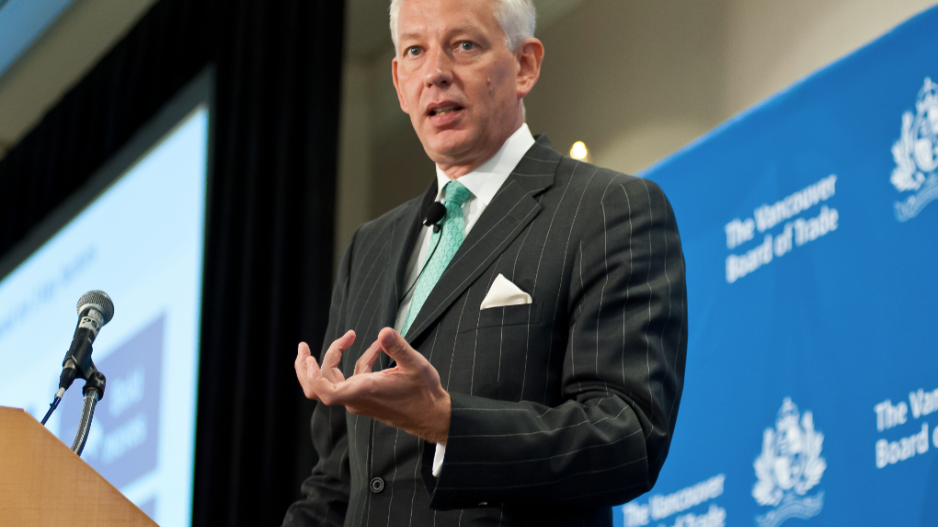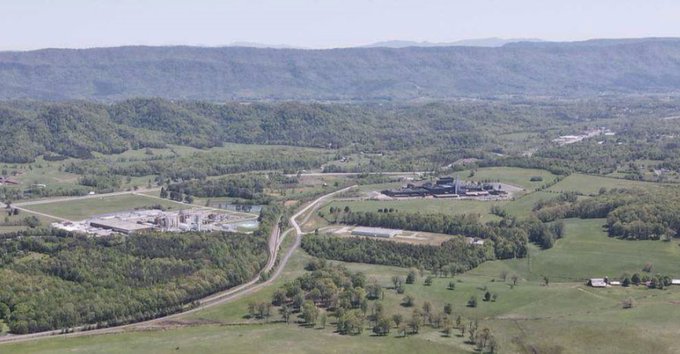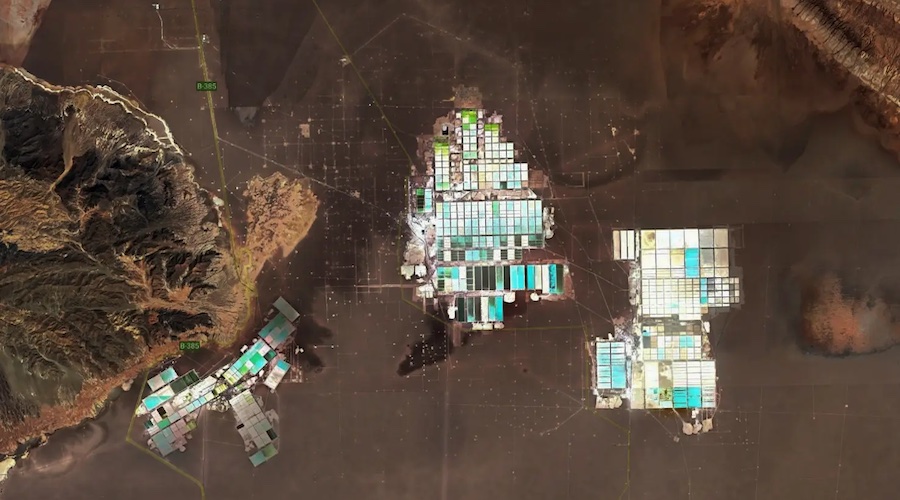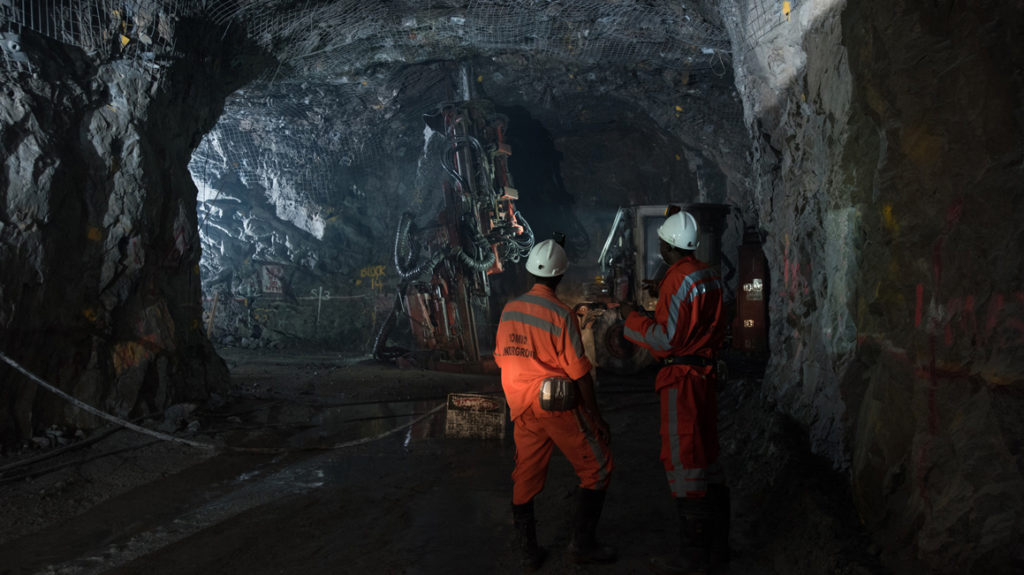Scientists Warn Gulf Stream Slowdown Could Begin as Early as 2025
- India's heatwave criteria do not consider humidity, leading to an underestimation of heat danger.
- Deadly wet-bulb temperatures, where perspiration does not evaporate, are occurring more frequently.
- Potential slowdown or collapse of the Gulf Stream could plunge Northern Europe into a colder climate.
There were two pieces of recent news which highlight why what was once most often referred to as global warming is now called climate change. Yes, the globe is heating up. But effects vary depending on where you live for various reasons.
First, a report from India calls out problems with the criteria used by the India Meteorological Department (IMD) to issue a heatwave warning: The criteria do NOT consider humidity, only temperature. Anyone who lives in a hot climate or any climate that includes hot summer days knows that humidity can make a huge difference in whether one can stay cool in hot weather. It turns out that the IMD criteria fail to recognize that temperatures below what is considered a heatwave may be just as dangerous to human health when humidity is high and even be downright life-threatening. In short, India is already experiencing conditions that at times are at or near the limits of human suvivability.
The vast majority of humans—even with an unlimited supply of water—would likely die after a few hours in conditions that exceed 95 degrees in very high humidity, what is called wet-bulb temperatures because they represent a wet towel around the bulb of a thermometer. This web-bulb temperature is supposed to mimic the way that humans cool themselves through perspiration. At very high humidity, it becomes hard to get perspiration on the skin to evaporate which is what allows for cooling of the body. It's why a handheld or electric fan helps cool the body because it speeds up evaporation.
Scientists have previously believed such extreme conditions currently occur very infrequently anywhere on Earth. Recent studies suggest that 40 years ago such extremes occurred once or twice a year somewhere on the planet. Now models suggest they are occurring 25 to 30 times per year. Without dramatic reductions in greenhouse gases, these extremes will become increasingly common. "Such conditions are unbearable without technology like air conditioning and make outdoor labor near impossible," according to the ScienceNews article linked above.
A second story this week warns temperatures might go in the opposite direction in one area of the globe as a direct result of the warming of the Greenland ice sheet, increased rainfall attributed to climate change, and dropping salinity in the tropical waters where the Gulf Stream arises.
The Gulf Stream, also known as the Atlantic Meridional Overturning Circulation (AMOC), moves heat from the tropics, along the U.S. coast, then across the Atlantic to the British Isles and turns back and north to Iceland and Greenland. There, having lost much of its heat, it turns downward into the Atlantic depths to between 6,000 to 9,000 feet and begins a journey back to the equator and along South America.
Just how much heat does the Gulf Stream move? Some 50 times the energy used by all of human civilization. This explains why Northern Europe—a branch of the AMOC flows toward Scandanavia as well—and Iceland are much warmer than their high latitudes would suggest. If the energy transfer were to slow dramatically or stop, it would almost certainly plunge these areas into a much colder climate regime, one for which they are not currently prepared.
The basic idea was illustrated in an exaggerated way in the film "The Day After Tomorrow". The speed of the transformation from moderate climate into frozen wasteland takes one week in the film. It should be concerning, however, that past collapses of the AMOC have taken place in a decade.
Scientists have been tracking the AMOC since 2004 and believe it is slowing. When researchers discovered in their calculations and modeling that the AMOC might start its next collapse as early as 2025, they couldn't believe it. They rechecked the results, and the conclusion was confirmed. Their model suggests that the current could begin collapsing anywhere from 2025 to 2095. (Some scientists pointed out the considerable uncertainties in the model, a legitimate criticism. My response: Shall those in the path of potential destruction simply wait and do nothing until the model can be better confirmed? If so, how long should they wait?)
The range cited above is not that wide even from a human perspective. And, it suggests once again that the catastrophic effects of climate change aren't merely going to be someone else's problem in the distant future. In the coming decades humans could be migrating away from catastrophes which either make life too hot to be bearable...or too cold—both due to climate change.
By Kurt Cobb by Resource Insight



